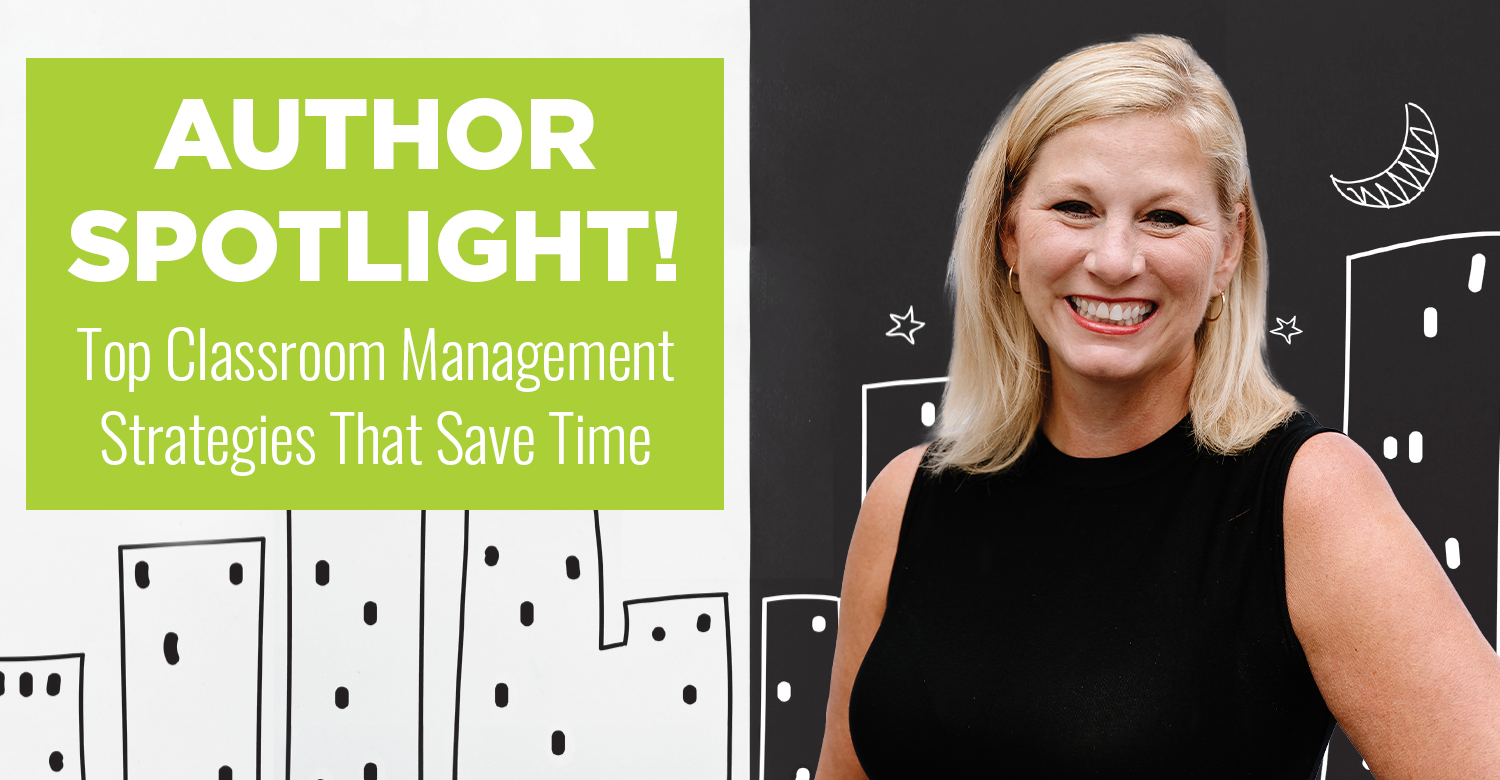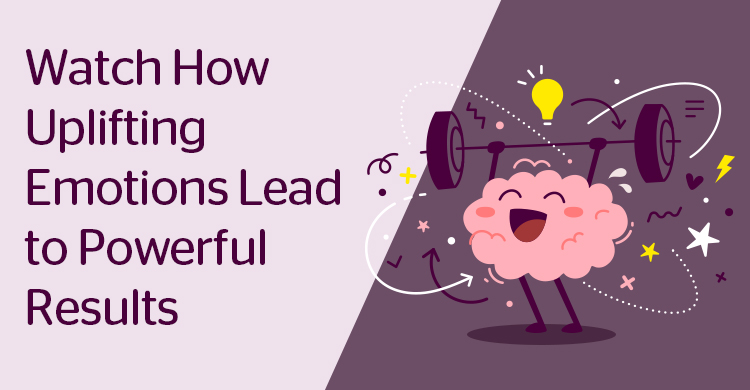In engaged classrooms, we see inspired teachers supporting students to discover and pursue their passions and strengths and take risks in their learning. In this “learner-centered” approach, teachers empower students with practices, principles, and content that engage them to think creatively, understand their emotions, communicate effectively, excel academically, and work with people who are different from themselves. The following are five ways to put this learner-centered mindset into practice.
-
Invest in Relationships and Community Building
Students learn in relationships. Our presence, passion for the subject, and authenticity matter. Students’ sense of safety and connection directly impacts their willingness and ability to take intellectual risks and think creatively and critically. When we take time to intentionally build positive relationships with and among our students, we quickly see their capacity to learn and grow.
Often we think of “community building” as something we do at the beginning of the year—maybe for the first couple of days of class. However, when we bring this lens to our entire year and integrate community building into our pedagogy, our students are more likely to feel seen, known, and supported to thrive.
-
Foster Cultural Responsiveness
When we foster cultural responsiveness, we commit to building inclusive learning communities, valuing and welcoming difference, and developing our awareness of our own worldview and biases and the history of oppression in this country. With culturally responsive practices, we acknowledge the role culture plays in teaching and learning and intentionally invite students’ heritage, background, and personal stories into our lessons and curriculum.
Cultural responsiveness also involves ongoing personal reflection about our own upbringing, education, and perspectives, so that we have greater awareness about how our own cultural lens impacts our teaching and our relationships with students. As we cultivate awareness within ourselves, we are better able to notice moments when we make assumptions about a student based on his or her SES, heritage, background, family structure, race or ethnicity, or native language.
Cultural responsiveness is a path, not a destination—and it cannot be reduced to a list of tasks or strategies. Rather, it is an ongoing journey of commitment, self-reflection, and engaged action.
-
Cultivate Presence & Learning Readiness
So often we assume that our students arrive in our classroom ready to learn. Or we assume that students innately know how to pay attention—when they may not. We may dive right into our content and realize, 15 minutes into class, that a large percentage of the class isn’t present or focused.
We can create greater engagement with our students when we begin class with some kind of focusing activity—an activity specifically designed to support students in becoming present. Focusing activities can be active or reflective, depending on what is needed in the moment. If students are sleepy after lunch, we may choose to do something that gets them physically moving, to help them become present. If students are rowdy and scattered, we may need to insert a reflective moment of silence or a quick “body scan” or writing activity to help them quiet down and become more available to learn.
We can also use this principle of cultivating presence in all of our lesson planning. When we shift modes of teaching, we are more likely to get deeper engagement from students. This can include bringing in practices that support meaningful dialogue between students (such as focused listening dyad), sharing ideas (such as world café), and collaboration (such as a jigsaw) or practices that support student reflection, self-awareness, and unique thinking development.
-
See Behavior as Communication
So often in the classroom, we attempt to minimize, manage, or control “negative” or disruptive behaviors—seeing these behaviors as distractions from our curriculum and lesson plan. A student acts out or challenges us, and we react. There is a trigger that evokes fear or anxiety or discomfort, and we act to allay that feeling and to resolve the situation.
But if we only see the “symptom” or what is on the surface of a situation, we may be missing an opportunity for deeper teaching and learning. More importantly, we may actually misread behavior and over- or underreact. When we remember that all behavior is communicating a need within a student, we may suddenly see the situation completely differently—and have the capacity to address the situation with more compassion and skillfulness. We may see beyond the “disruptive” student confronting us—to the student who is in pain, fear, or anxiety. We may see beneath the tough exterior to the student who just experienced something heartbreaking. We may understand that the student who can’t focus hasn’t had a real meal in days. It may even be that the lesson or activity is simply not clear or meaningful for that student.
When we see behavior as a form of communication, we are less likely to take it personally and react—and are more likely to inquire compassionately into the situation further and consider how we wish to respond.
-
Foster the Social, Emotional, and Academic Development of Students
Even if all we cared about were test scores, we would need to address the social and emotional lives of students. When a student is emotionally distressed or unavailable, learning cannot happen. When we create safe and inclusive spaces where students can trust us and one another, they are more likely to take necessary intellectual risks, to make mistakes, to stretch themselves out of their comfort zone into the learning zone. When we connect our core content and curriculum to their lives—and help them to find relevant connections—students move beyond rote learning and into true engagement. When we teach skills for communication, self-management, and stress management, students learn how to advocate for themselves, and we have far fewer disruptions and breakdowns. And when we relate to the multidimensional nature of individual students, they feel seen and acknowledged and find engagement and joy in school.
[author_bio id=”228″]






